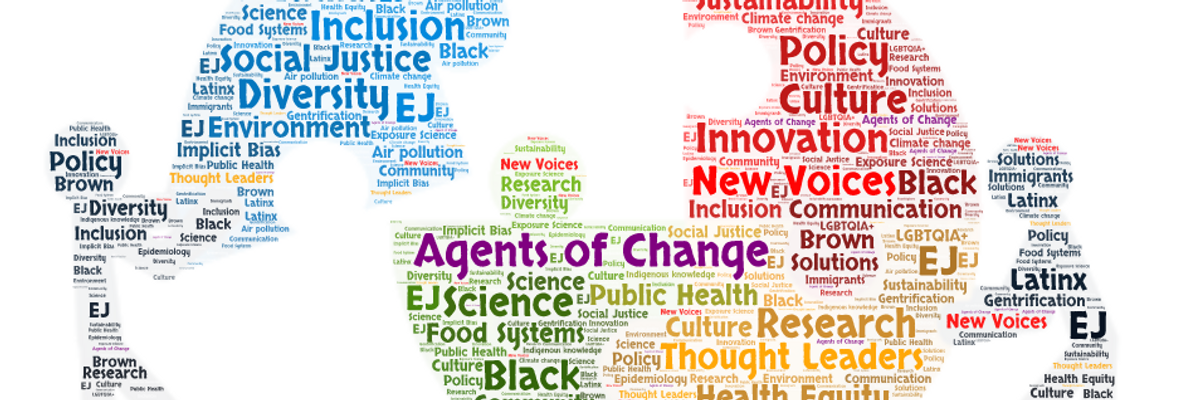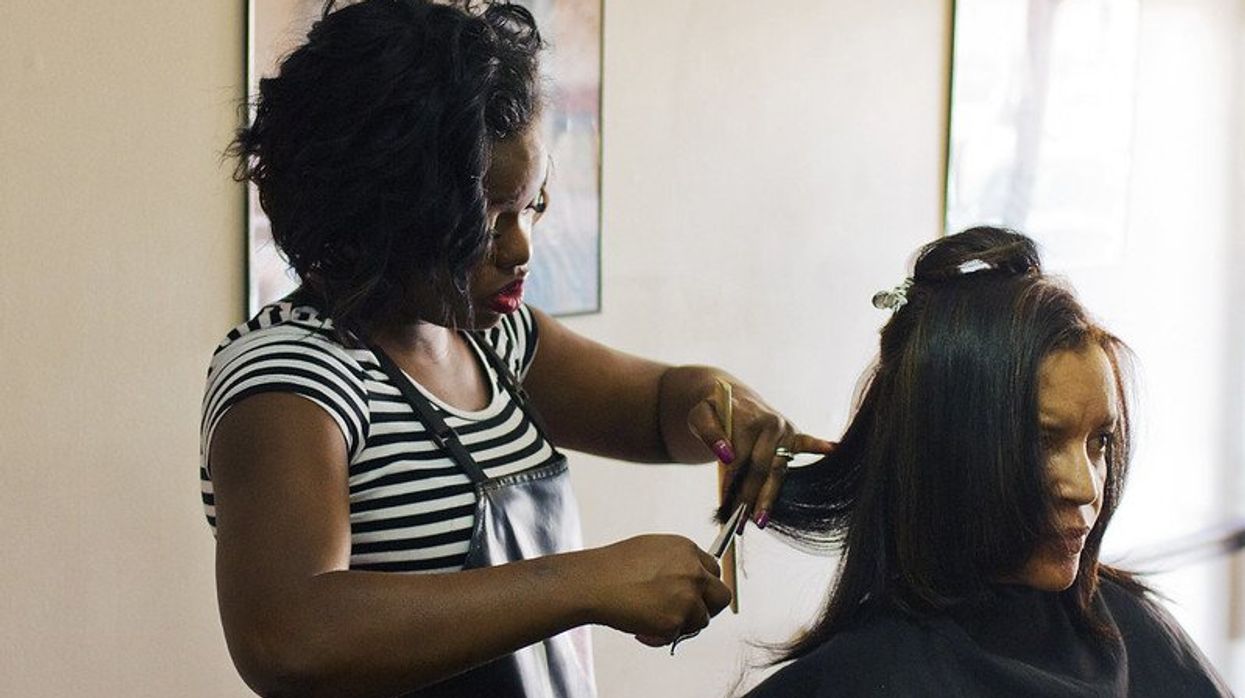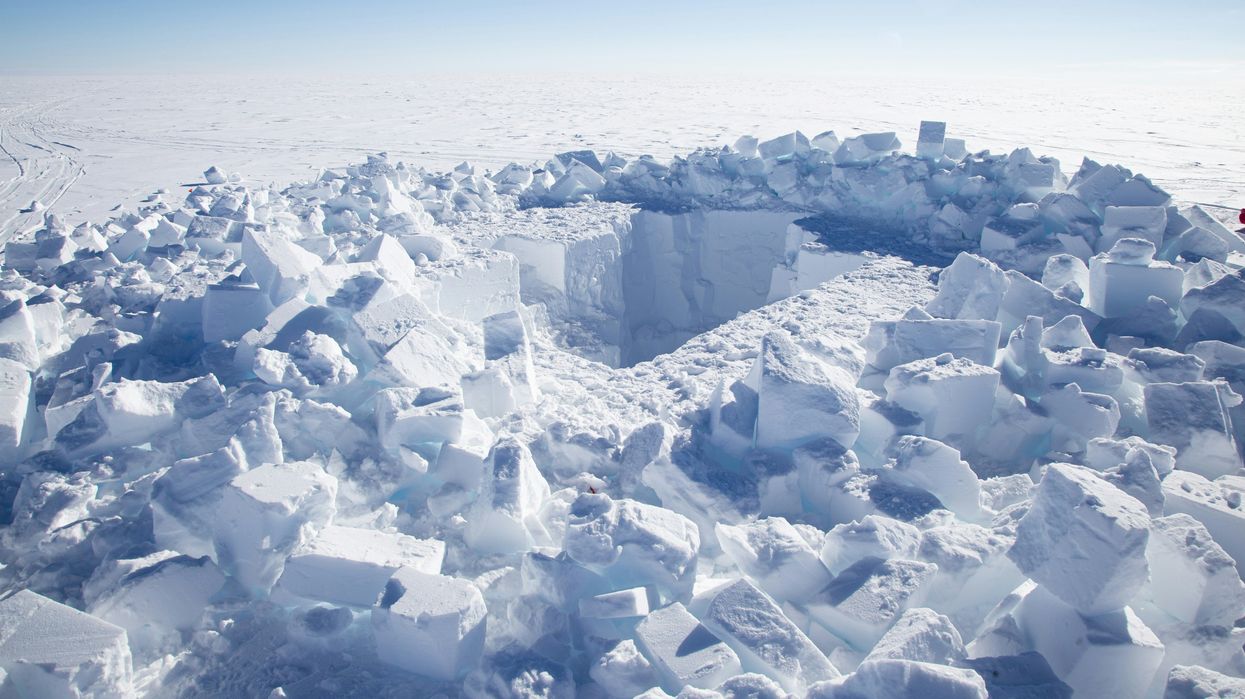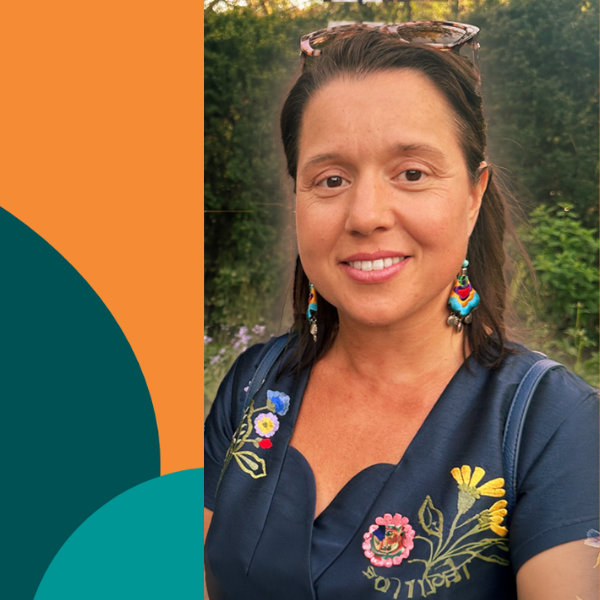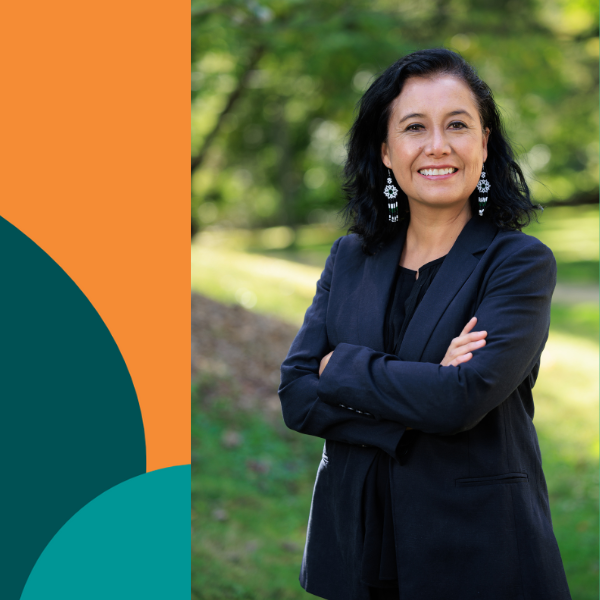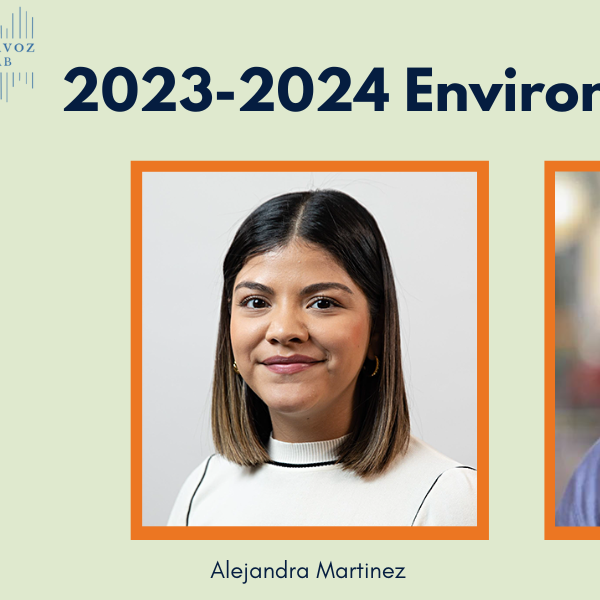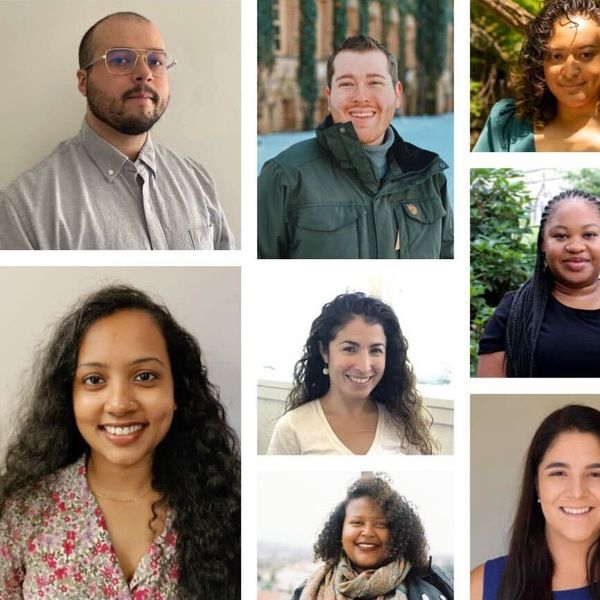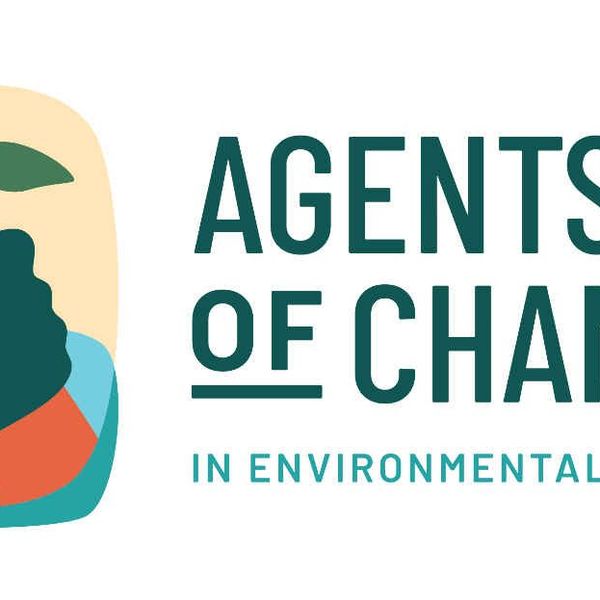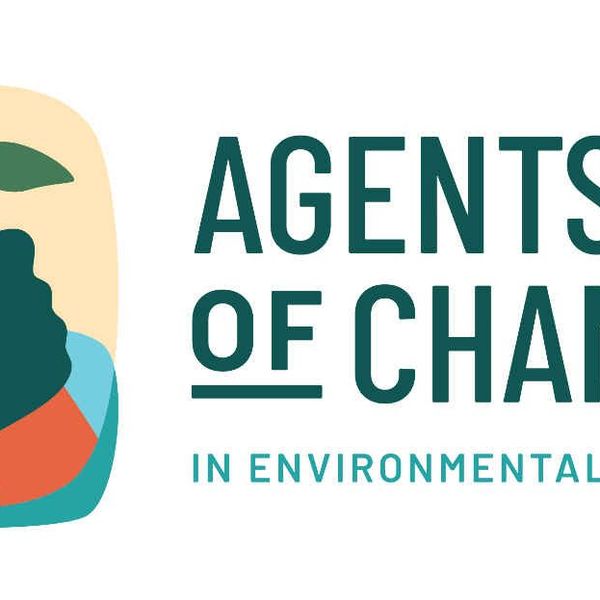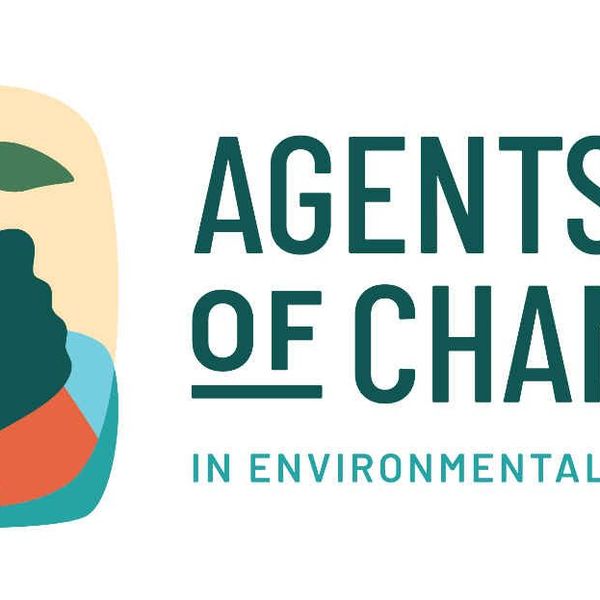I am impatient for change. The world's environmental and social problems are growing and spreading like wildfires.
Business as usual will not solve climate injustice or the pervasive plastic pollution in our oceans. We need to empower the next generation of environmental health and justice leaders to speak up, share their bold ideas, and to act quickly and decisively so we can develop effective solutions to protect our ecosystems and humanity.
A key part of this empowerment is centering the voices of scientists and scholars that have been neglected for far too long. Science and media are not traditionally diverse or inclusive institutions. Many bright minds from historically underrepresented backgrounds are never encouraged to cultivate their ideas because of institutional bias and unspoken penalties for being different.
Moreover, the mission of translating good science for everyday people may seem like common sense but staying true to this goal often involves ignoring the advice of respected elders in the field. For too long, science communication has been seen as a distraction for scientists who are pushed to publish papers and raise funds.
This essay is also available in Spanish
It's with this in mind that we are launching a new, ongoing series "Agents of Change" to feature the ideas and perspectives of next generation leaders who come from historically under-represented backgrounds in science and academia.
Investing in their ideas and development as scientists will help catalyze the change we need to make the process of discovery more equitable and just and ultimately advance our efforts to improve environmental conditions and public health for all, especially the most vulnerable.
This series will help the public realize that the face of science is changing and that the quest for innovative ideas and solutions will only benefit from increased diversity.
Representation matters
This diversity is long overdue. When I was growing up, I never thought I would be a professor or a research scientist. I barely knew these professions existed, and I did not know any female Indian-Americans in these roles.
My parents had immigrated from India to the United States in search of the American Dream. My father, the first in his community to pursue education beyond high school, was a physician.
We lived in rural North Carolina and were part of a tight knit community of other Indian immigrant families spread across North Carolina. These social networks helped my family thrive, but there were few examples of people pursuing mission-driven work, much less, careers that integrate science and social change.
Fast forward several decades, I am now a tenured professor of environmental health at one of the nation's leading public health schools.
My research strives to improve public health by targeting science, policy, and clinical practice as levers of change.
“Environmental injustice of beauty”
For the past decade, I have focused on public health problems associated with our invisible chemical environment – that engulfs everyone, everywhere, every day.
Many of these chemicals are known endocrine disruptors that can interfere with healthy reproduction and development, and contribute to cancer risks and obesity. Unfortunately, there are minimal safeguards in place to ensure the health and safety of industrial chemicals before they are introduced into the marketplace.
I investigate the impacts of toxic chemicals through a social justice lens because communities of color and the poor who often experience elevated environmental exposures may be more vulnerable to their toxic effects due to discrimination they face because of their race, class, and/or gender.
For example, my lab seeks to identify the root causes of elevated chemical exposures among women of color, such as Black and Latina women. We are developing and testing a new paradigm, that we call "the environmental injustice of beauty", which links structural racism to beauty norms that idealize whiteness. We further trace how these racialized beauty norms lead to toxic beauty rituals and greater use of products that contain harmful endocrine disrupting chemicals. As part of this paradigm, we also use emerging technology to understand how these chemicals may contribute to racial/ethnic disparities in women's reproductive health.
New voices, new dialogues
I am equally committed to science communication so that high-caliber research can reach everyone from concerned mothers and fathers to leaders in the business community to policymakers at the local, state, and federal level.
As I begin this next chapter in my career, I realize we need new voices to improve environmental public health and combat the current war on science so I am happy to provide these emerging leaders with a digital megaphone.
They have a lot to say, and I hope you will listen; after all public engagement with science is the cornerstone of a healthy democracy.
- Amplifying neglected voices in environmental health - EHN ›
- Words of wisdom from three leaders in the environmental health and justice field - EHN ›
- Reflecting on two decades of progress in environmental health and science communication - EHN ›
- Amplifying neglected voices in environmental health - EHN ›


